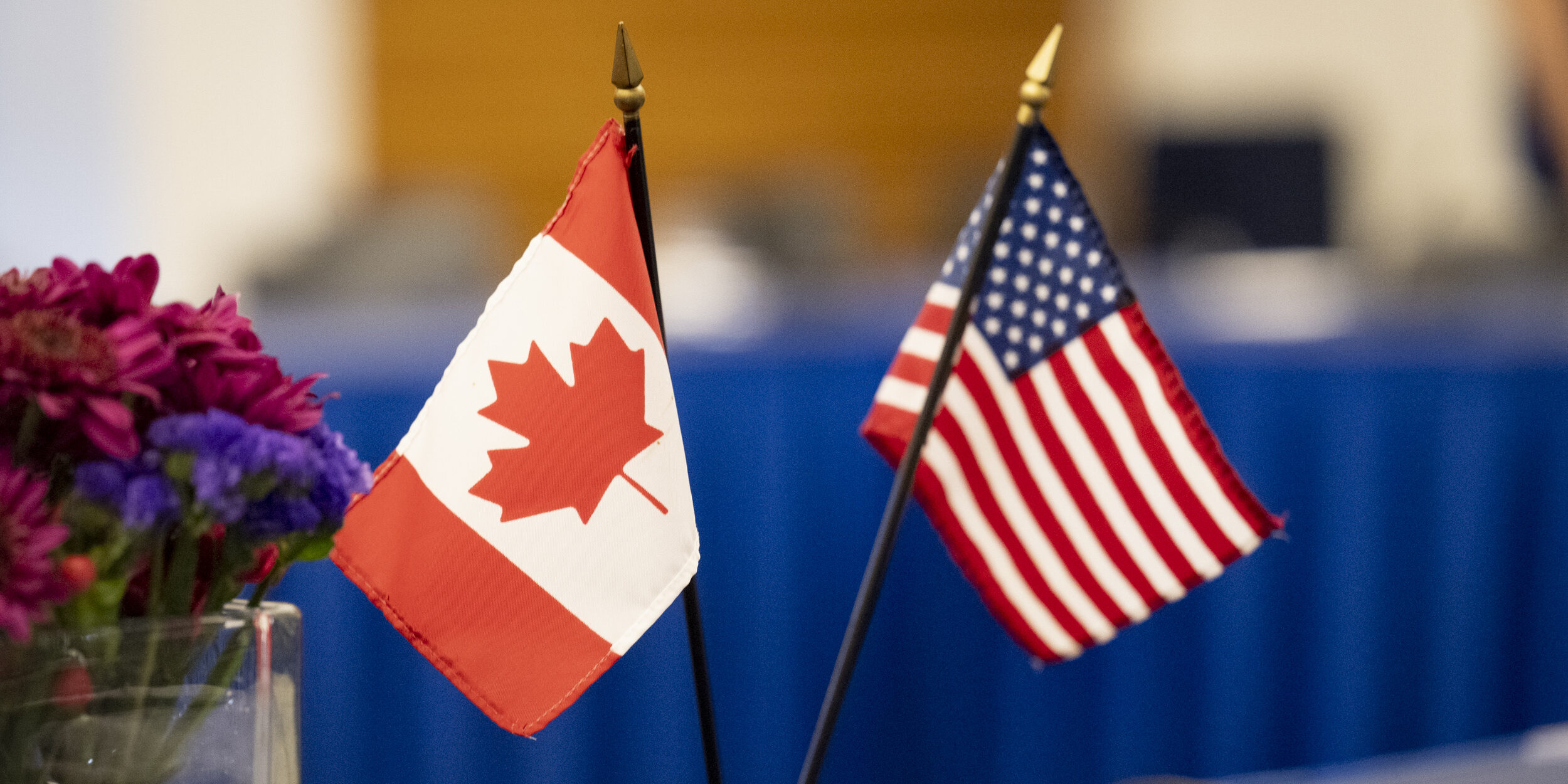Top Stories
Trump’s Tariff Policies Raise Concerns Over Canadian Sovereignty

The ongoing tariff policies under the administration of former President Donald Trump have raised significant concerns regarding their impact on Canadian sovereignty and economic interests. Critics argue that these policies benefit a small group of wealthy Americans while burdening consumers and manufacturers across North America.
According to Henry Kissinger, the 56th US Secretary of State, “The US has no permanent friends and no permanent enemies; it only has permanent interests.” This sentiment underscores the view that Trump’s administration is catering to billionaire interests with an eye on resources like Greenland, the Panama Canal, and Canada. The imposition of tariffs, seen as a wealth generator for Trump’s supporters, has led to increased prices on essential goods such as steel, copper, and semiconductors.
When tariffs are imposed, the direct costs often fall on consumers and downstream manufacturers. For example, the recent 25 percent tariff wall resulted in stock traders focusing on companies like Freeport McMoRan, Southern Copper, Intel, and Texas Instruments. Their costs remained relatively stable, but the prices of their products surged, significantly boosting profit margins.
The exclusion of certain products from these tariffs has raised eyebrows. Notably, polyethylene terephthalate (PET) resin was added to the exempt list, benefiting companies like Reyes Holdings, a major player in the beverage industry that has financially supported the Republican Party. This selective exemption creates a scenario where some imports evade substantial duties, effectively acting as a financial boon for certain industries while disadvantaging competitors.
The former Secretary of Commerce, Wilbur Ross, openly stated that tariffs serve dual purposes: to extract revenue from trading partners while funding tax cuts for wealthier Americans. This system appears to redistribute economic benefits upwards, rather than aiding the working class, despite the rhetoric suggesting otherwise.
As tariffs become a tool for political leverage, the implications for Canada are significant. Recent reports indicate that Canada faces a blanket 35 percent tariff, while China pays only 10 percent on a narrower selection of goods. This disparity not only affects trade dynamics but also raises questions about the political motivations behind such decisions.
In a related context, Alberta Premier Daniele Smith has proposed measures to separate Alberta from Canada, further complicating relations. During a meeting with Trump, Canadian Prime Minister Mark Carney faced pressure as Trump floated the idea of Canada becoming the 51st state, a statement Carney refrained from publicly disavowing.
The erosion of democratic norms in the United States, driven by a coalition of billionaires and conservative ideologues, poses a challenge not only for US citizens but also for Canadians who wish to maintain their sovereignty. As the political landscape evolves, it is crucial for Canadian leaders to assert their stance against policies that threaten their nation’s autonomy.
In conclusion, the ongoing tariff regime implemented during Trump’s presidency reflects a broader trend of economic control that favors the wealthy while undermining the interests of the general populace. As these policies continue to unfold, the ramifications for Canada and its relationship with the United States warrant close scrutiny.
-

 Science3 months ago
Science3 months agoToyoake City Proposes Daily Two-Hour Smartphone Use Limit
-

 Health4 months ago
Health4 months agoB.C. Review Reveals Urgent Need for Rare-Disease Drug Reforms
-

 Top Stories4 months ago
Top Stories4 months agoPedestrian Fatally Injured in Esquimalt Collision on August 14
-

 Technology3 months ago
Technology3 months agoDark Adventure Game “Bye Sweet Carole” Set for October Release
-

 World3 months ago
World3 months agoJimmy Lai’s Defense Challenges Charges Under National Security Law
-

 Lifestyle4 months ago
Lifestyle4 months agoVictoria’s Pop-Up Shop Shines Light on B.C.’s Wolf Cull
-

 Technology3 months ago
Technology3 months agoKonami Revives Iconic Metal Gear Solid Delta Ahead of Release
-

 Technology3 months ago
Technology3 months agoApple Expands Self-Service Repair Program to Canada
-

 Technology3 months ago
Technology3 months agoSnapmaker U1 Color 3D Printer Redefines Speed and Sustainability
-

 Technology3 months ago
Technology3 months agoAION Folding Knife: Redefining EDC Design with Premium Materials
-

 Technology4 months ago
Technology4 months agoSolve Today’s Wordle Challenge: Hints and Answer for August 19
-

 Business4 months ago
Business4 months agoGordon Murray Automotive Unveils S1 LM and Le Mans GTR at Monterey









